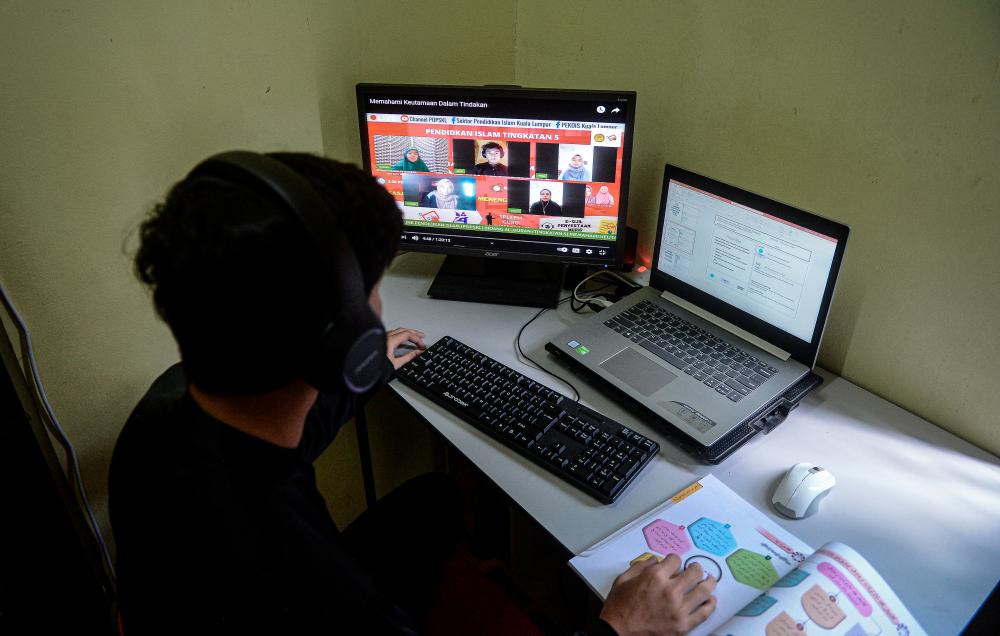PETALING JAYA: Cybersecurity for children has received much attention due to increased access to the internet by children, which also heightens their exposure to online risks.
Global cybersecurity firm Palo Alto Networks country manager Suk Hua Lim said the accelerated adoption of digitalisation in education due to the pandemic contributed to the situation.
“The education system and the home learning environment were unprepared to defend children against cyber threats. While students are fortunate to continue schooling online, unsupervised devices are exposing them to cyber risks with little to no parental control.
“Students, teachers and parents are not fully aware of the dangers of internet risks, such as phishing, scams and identity theft. Parents often leave their children alone with digital devices for entertainment as well as education.”
Suk said cybercriminals and their technologies are evolving faster than the public can learn about cybersecurity from scratch.
“Cybersecurity adoption is often not a priority in schools and education systems compared with other sectors that involve direct monetary (transactions).
“Yet, they are the ones who hold the most personal information. As we move forward to a digital age, there is an urgent need to close the gap between learning technologies and identifying the potential threats in the digitalised world.”
Suk said to ramp up technology defences, everyone has a shared responsibility to contribute to the safety and well-being of future generations.
“The internet experience must be enhanced to cater to the needs of users and their safety. The public and private sectors should complement each other for complete cybersecurity defence.
“Cybersecurity providers should implement their expertise and act as the cyber police to identify suspicious activities on the internet, while collaboration between public and private sectors would smoothen the implementation of cybersecurity defences,” she said.
Palo Alto Networks equips and supports its partners with world-class innovations and best-in-class cyber solutions.
“Our incident response capabilities along the journey of digitalisation ensure our partners can embrace technology with confidence.
“The same goes for our education sector. We designed the Cyber ACES programme, which is a free interactive learning programme to equip children aged between five and 15 with an understanding of how to protect their digital future,” Suk said.
Malaysia’s internet penetration rate was at 89.6% of the total population at the start of 2022, with the younger generation making up the majority of the user base.
“Our education system is getting integrated with the internet, and children at a young age are being exposed to the expanse of the worldwide web through mobile devices, resulting in wider attack surfaces.
“Physical and digital lines are getting blurred, as the increasing interaction with smart devices and sensory triggers such as geolocations, computer vision and commands and biometrics are leading to cyberattacks and data breaches.
“The increasing use of interactive learning apps and services are being exploited as entry points for cybercriminals to gain access to our children’s data, for cyberbullying, manipulating students’ mindsets, or shutting down a school with the security misconfigurations in the Application Programming Interface.
“Neglected, unmonitored and unsecured children’s devices connected to the open network are concerning. Hackers might be underneath the network and reach our children with unpleasant, unwanted and unacceptable behaviour.
“Talk to children about the dangers of clicking anonymous links with too-good-to-be-true offers and be aware of strangers on the internet. Don’t reveal more than what is needed, keep security systems up to date and explain the importance of strong passwords.”











